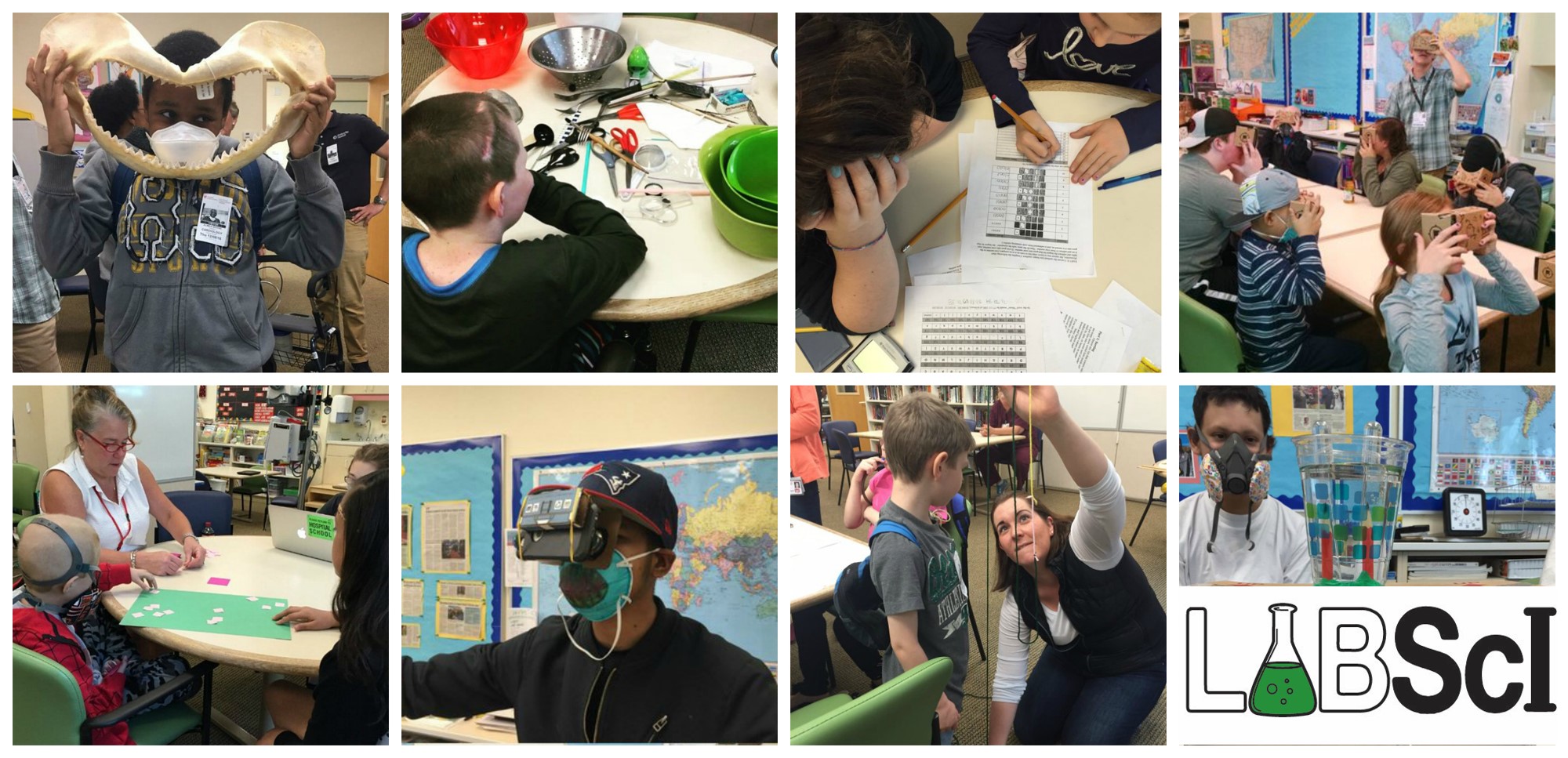Click on each lab to learn more about its recommended prerequisites, key concepts, and materials. Please feel free to download and use any material found on this site. Each lab has a student version, as well as a teacher version that contains background information about the topic, tips for how to lead the lab, and answers to discussion questions. Some labs have an additional advanced student version, which is typically the same as the student version except it includes a bit more in-depth analysis and/or quantification of results. In general, the labs should fit the needs of middle school and high school students, but some are recommended more for one age group over the other.
Acoustics: How does sound travel?
In this lab, you will learn about where sound comes from, how it travels, and what changes the loudness of a sound or the pitch of a sound. We will do this using a slinky and a rubber band guitar.
Circuits: Light-up Creatures
In this lab, students will explore current, voltage and resistance, and their relationships as given by the Ohm’s law. They will also be given a concept of how resistance can be arranged within circuits as well as be exposed to the concept of power (student advanced version only).
Conservation of Momentum: Marble Collisions
In this lab you will roll a marble down a ramp, and at the bottom of the ramp the marble will collide with another marble. You will measure the speed of each marble before and after the collision to determine whether momentum is conserved in this system for collisions between marbles of varying relative masses.
Electromagnetism: Magnets & Motors
In this lab, we will see how electricity and magnetism can be used together to create motion. Our source of electricity will be from a battery, and our source of magnetism will come from, of course, magnet. With these two objects we will be able to create a motor, which will create motion in a
Gravity: How fast do objects fall?
This lab explores the motion of falling objects. Students will use a microphone and computer to accurately measure short time intervals. This will allow them to see how the distance traveled by a falling object varies with time, to determine the magnitude of gravitational acceleration, and to show how heavy and light objects fall at the same rate.
Harmonic Motion: Pendulums
In this lab, students will study pendulums – systems that swing back and forth under the pull of gravity. They will explore the factors that affect how fast a pendulum swings and will also observe resonance (increasing vibrations), which occurs when a pendulum is pushed by a force that happens to exactly match its natural
Optics: Laser Light Show
In this lab, students will look at three behaviors of light when it interacts with obstacles: reflection, refraction, and diffraction. They will measure the speed of light in Jello using Snell’s law, model a fiberoptic cable with jello, and measure the width of a hair and/or the spacing between grooves on a CD using diffraction.
Potential and Kinetic Energy: Roller Coasters
This lab illustrates the type of energy conversions that are experienced on a roller coaster, and as a method of enhancing the students’ understanding of that concept, they will create their own roller coasters to test out their ideas.
Projectiles: Target Practice
In this lab you will shoot a chopstick across the room with a rubber band and measure how different variables affect the distance it flies. You will use concepts of kinetic and potential energy to understand how the chopstick is propelled.
Viscosity: How thick are liquids?
In this lab, students will engage in a variety of activities that demonstrate the properties of different fluids.
